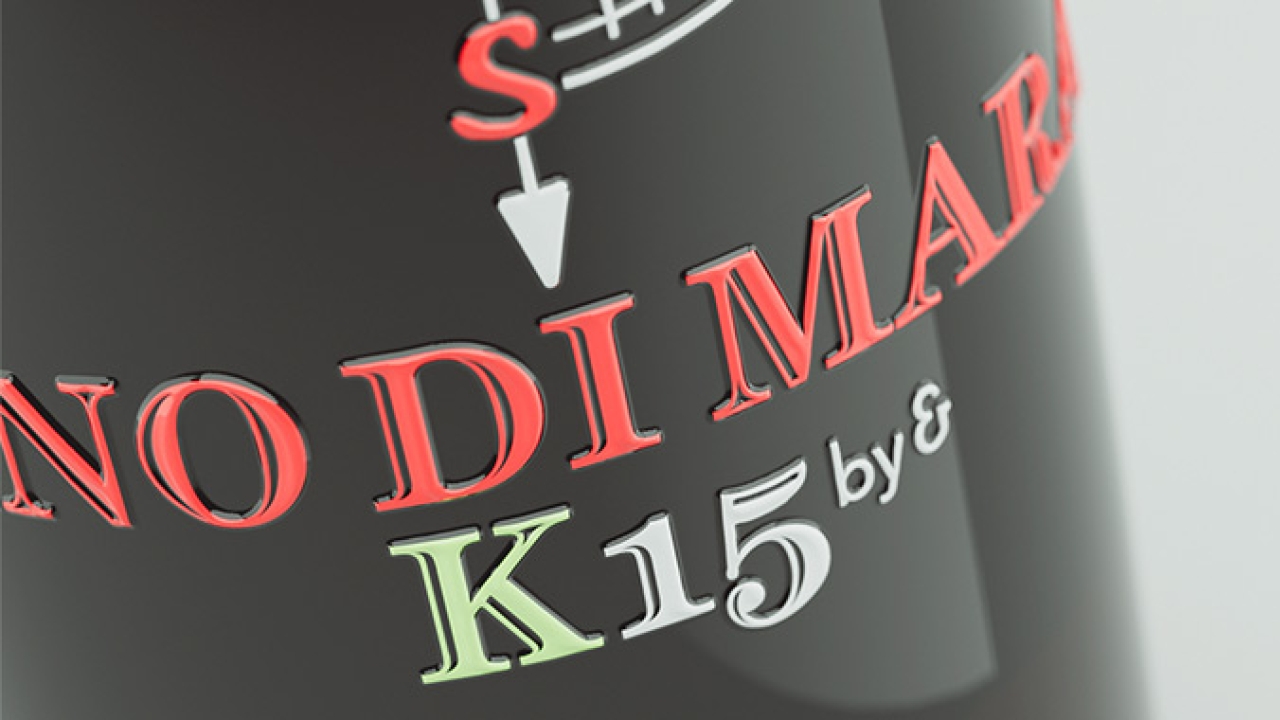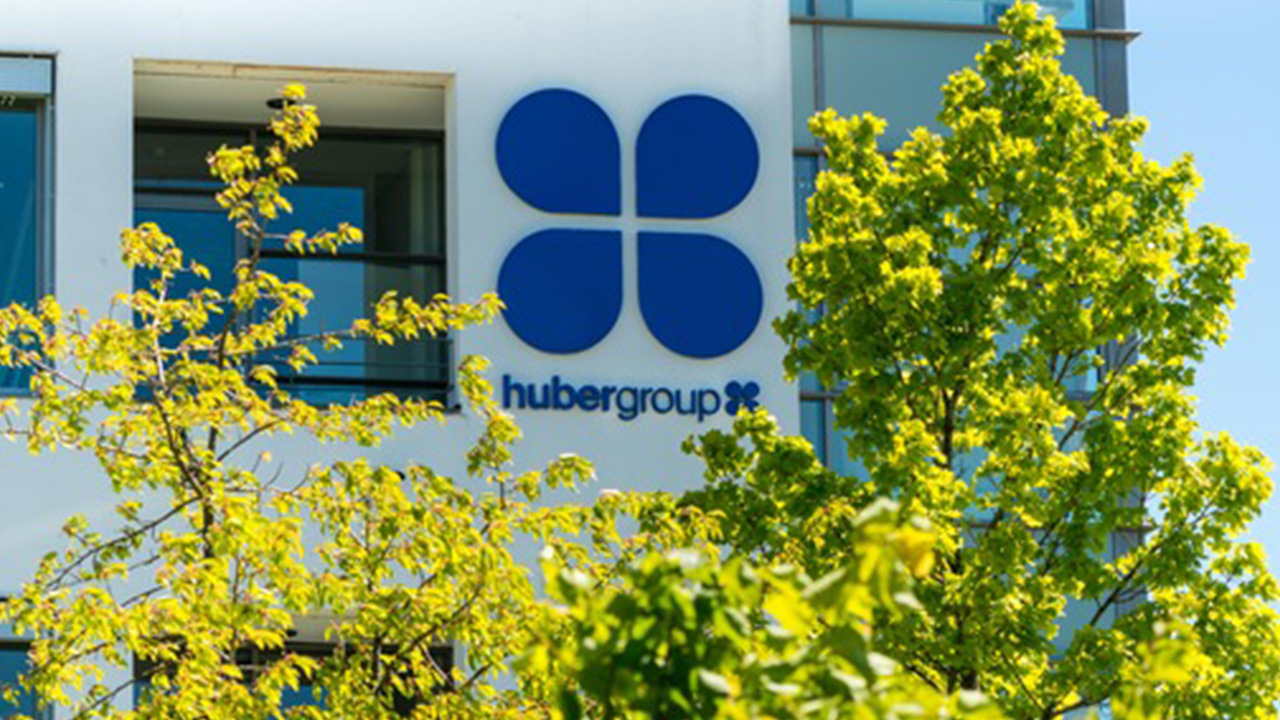Marabu introduces energy-saving printing inks
Ink manufacturer Marabu has introduced energy-saving LED-curable screen-printing inks with a small carbon footprint and a new digital varnish for customizable haptic effects.

According to Marabu, organic UV-curable glass printing inks are an effective and energy-efficient alternative to ceramic glass printing inks, offering potential energy savings of up to 65 percent. Additional savings in energy and CO2 emissions are possible with the Ultra Glass LEDGL UV-LED-curable ink system.
The new Mara Shape DUV-HBV high-build varnish opens up new design opportunities for the digital decoration of glass bodies. Multi-layered glass reliefs can be reproduced, and the contours remain consistently sharp. The process is suitable for printing ultrafine haptic details, even on convex or concave geometries and higher and thicker graphic elements. With Ultra Jet DUV-C digital printing, visual (colored) and haptic effects can be combined and enhanced. The varnish oxidizes without any residue, which makes it fully recyclable.
An alternative, the UV-curable Ultra Glass UVGL ink system, has been developed for highly effective screen printing on glass. UVGL-RH/-RL relief varnishes can achieve haptic effects that are otherwise possible only with molds. Pre-printed motifs applied by screen printing on container glass or flat glass are overprinted congruently with a thick layer of varnish and cured under UV light. Combinations of the two varnishes can achieve a wide variety of effects.
Marabu also offers a broad range of inks and ink combinations for printing on glass: screen printing, digital printing and pad printing. Its product portfolio includes the solvent-based screen-printing ink Mara Glass MGL and the pad printing ink Tampa Glass TPGL. Solvent-based printing inks are ideal for multicolor glass decoration.
Stay up to date
Subscribe to the free Label News newsletter and receive the latest content every week. We'll never share your email address.

